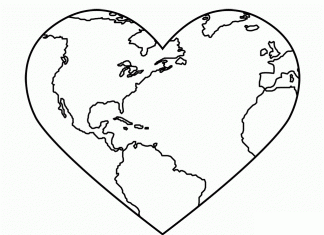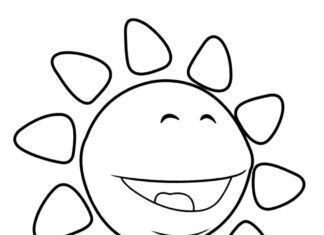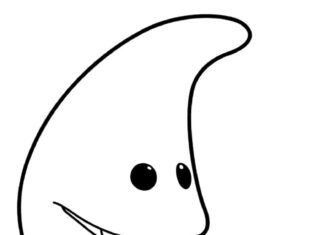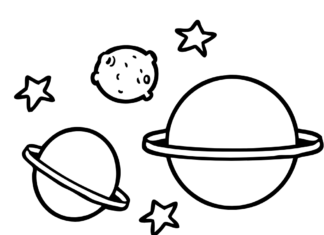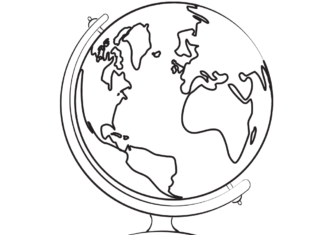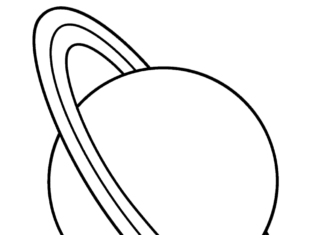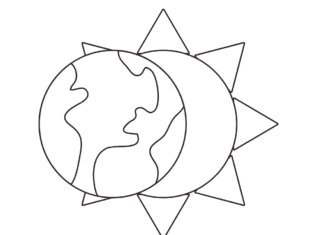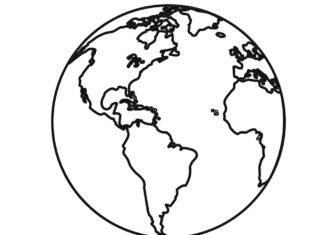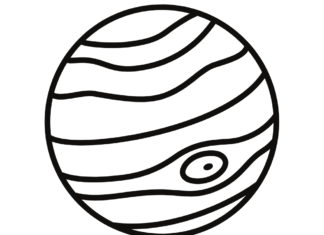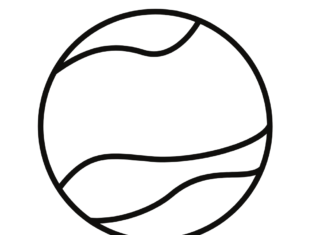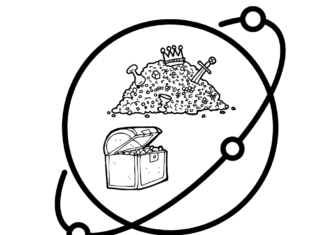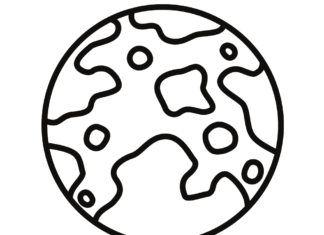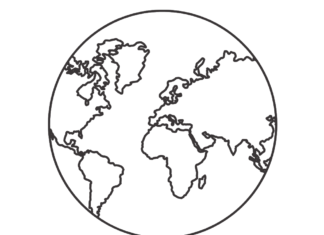There are different planets in our Solar System, which vary in size. There are eight planets, which are divided into rocky and gaseous planets. It is thanks to a telescope that we can see them from the ground without any problem. If you are interested in this subject, you can choose a picture with planets from our base and try to color them as in reality they have colors.

